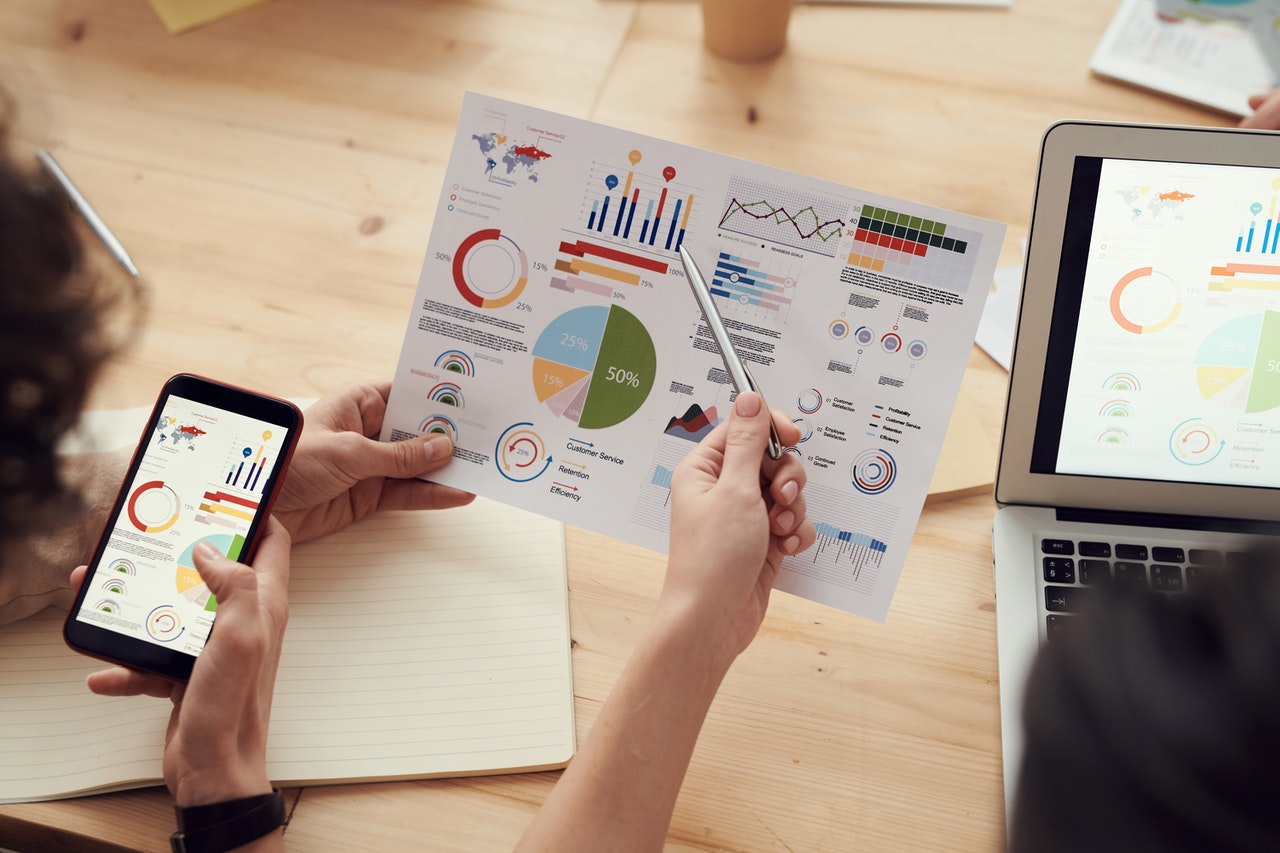How best to use internal and external links on a website? Are there specific rules to follow? Any links more relevant than others? Are the links in the product or in the navigation menu more important than the others?
In this article, we will see how to optimise internal and external links by applying them to SEO. Understanding the potential of Search Engine Optimization and applying it in the best possible way will allow you to have a consolidated link structure with an excellent ranking in search engines.
Internal and external links: good practices for linking pages on your site
Before going into detail about the individual subdivisions between internal and external links, it is worth remembering why some internal links are hierarchically more important than others.
First of all, in the eyes of a search engine, a link within a piece of content is more important than another one in the navigation menu. Moreover, the more visibility an internal link has, the more important it is considered by search engines: using small fonts does not contribute adequately to its ranking in search engines.
Inserting the same internal link at various points on the page, for example within the content itself and in the navigation menu, is strongly discouraged. This is because although search engines display both links, they will only register access from the first link and not from subsequent links. You should therefore consider only inserting one link per page, and also check the links in the footer and in the navigation menu.
There is, however, one exception: if you want to improve the navigation of your portal, repetitions are permitted. For example, repeated links in the main menu in the footer of the page that help users to find the sections of interest at the end of the consultation.
Internal and external links: the winning strategy for linking to other portals
When writing web content, it is good to carefully consider not only the use of internal links, but also (and especially) external links.
External links placed within a piece of content are much more important than links at the bottom of the page or in the navigation menu. Of those just mentioned, hyperlinks perform better when compared to image links with the ‘alt’ attribute.
For a quality result when inserting an image, it should be borne in mind that most search engines consider photographs to be a link in their own right, since they already include a caption with the keywords and the link. In this case, search engines consider the first link in the image with its corresponding alt tag.
In the caption, the external link must be included with the anchor text corresponding to the keyword of interest. This concept should be enclosed within a paragraph together with a simple text, in order to favour SEO positioning on search engines, define the keyword and strengthen its basic structure.
Internal and external links: the importance of user experience
If one considers setting the opening of an external link in a new tab or other browser window, nothing changes for the search engine, but it can differ a lot in terms of user experience.
Some visitors prefer to display the links in the same browser tab, but others opt to open the link in a new window. This is important to consider as it may affect the bounce rate of users and their dwell time.
However, overdoing it with external links can lead to risks. Receiving incoming links (in jargon backlinks) from part or almost all of the pages of a specific web portal could be detrimental to both sides. Creating an immense link building structure is not always a good idea.
However, this is not a universal rule, as in some cases it can be accepted.
The best rules to place external links
Obtaining links from every page of a web portal is not only useless, it is also harmful. It is advisable to opt for an external link. This should be placed in a position of particular relevance, e.g. the home page, the “about us” and partner sections or a specific piece of content.
Avoid filling entire pages with links, especially if they are full of text and address keywords. This is the best way to avoid penalties from search engines and a low ranking.
Applying these simple rules will help any company or professional that needs its own website to achieve good results in terms of ranking. However, each individual situation requires specific requirements with regard to the target audience, the product proposed and more. These can be studied in detail with the help of an SEO professional. The expert will be able to advise on the most appropriate techniques with a satisfactory result.
